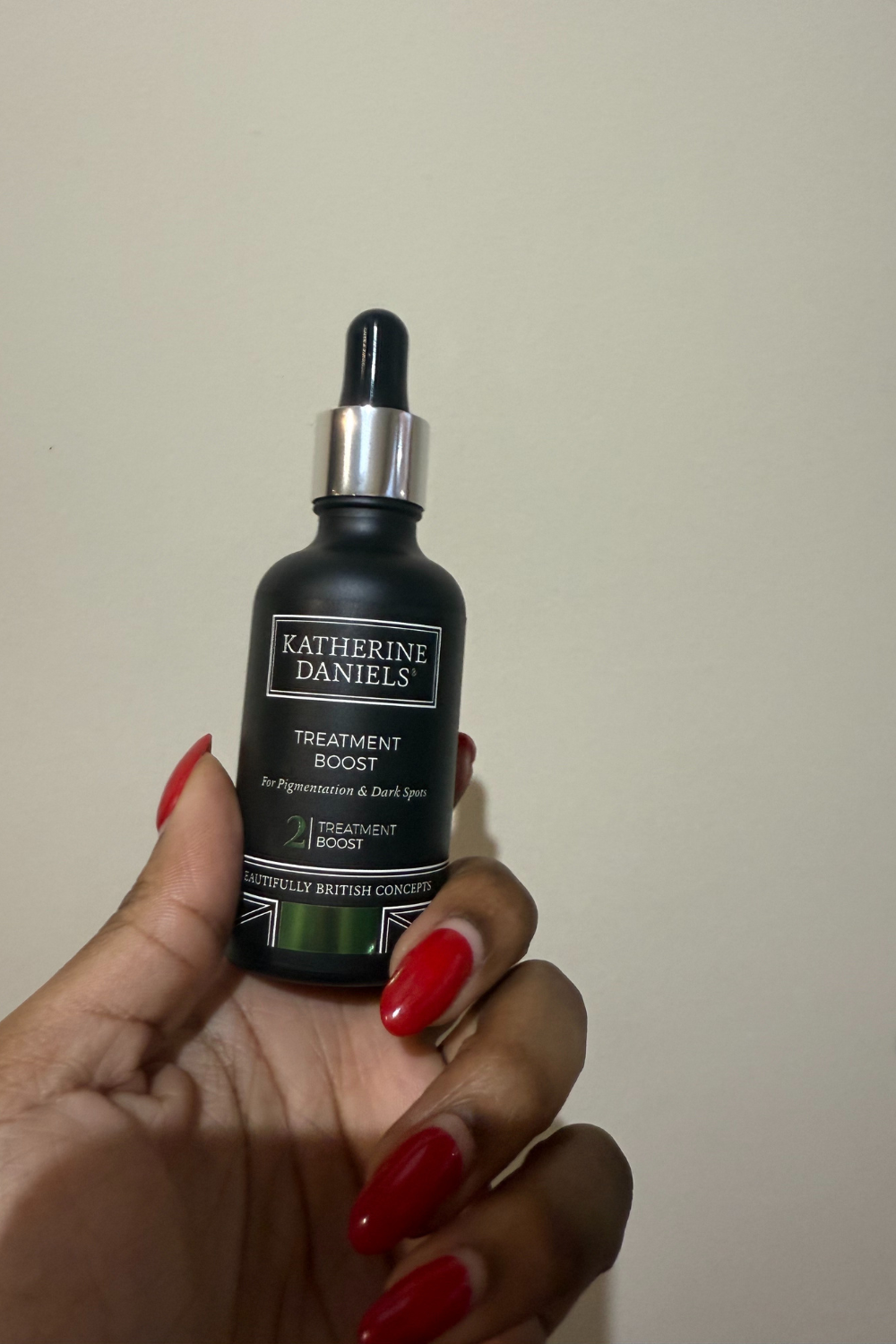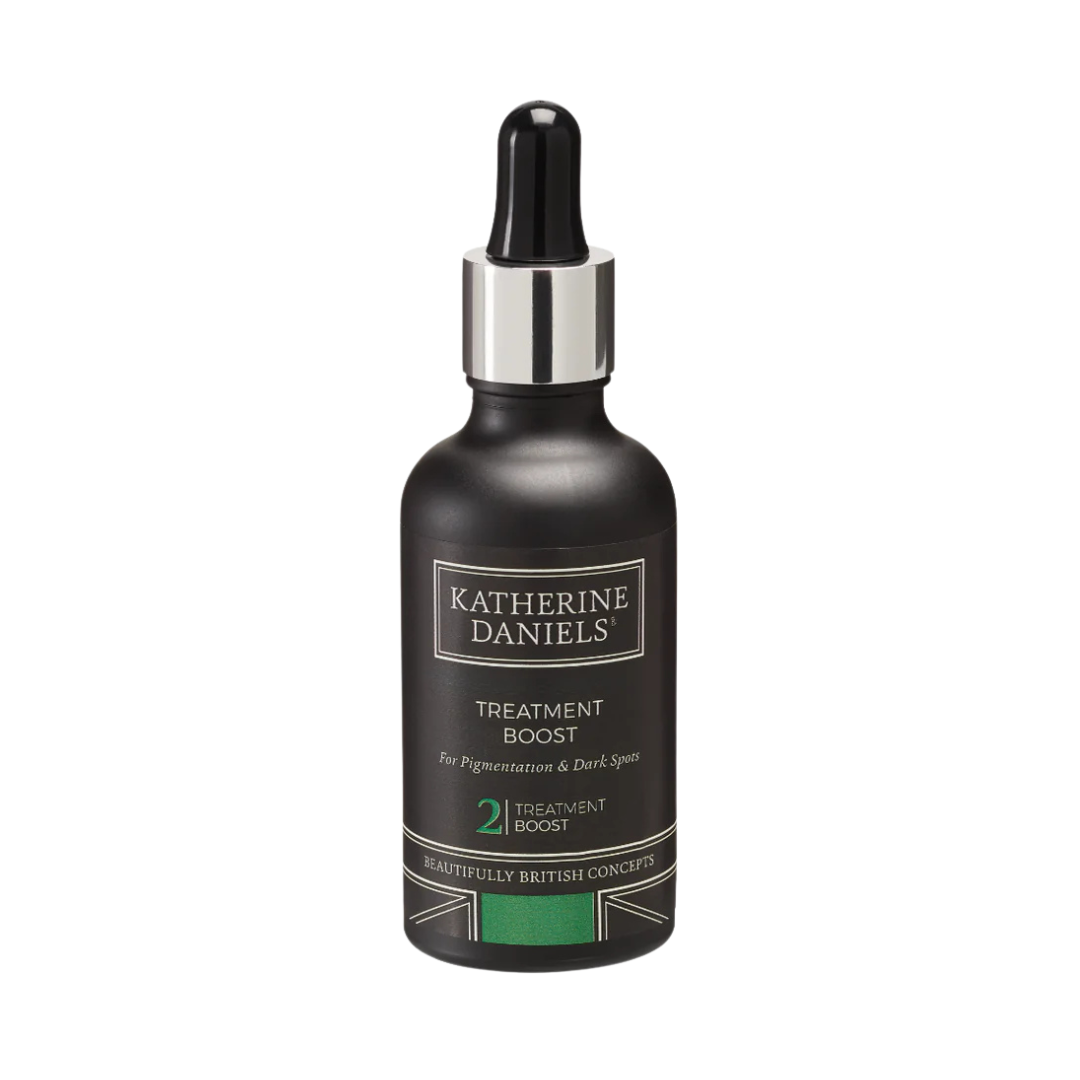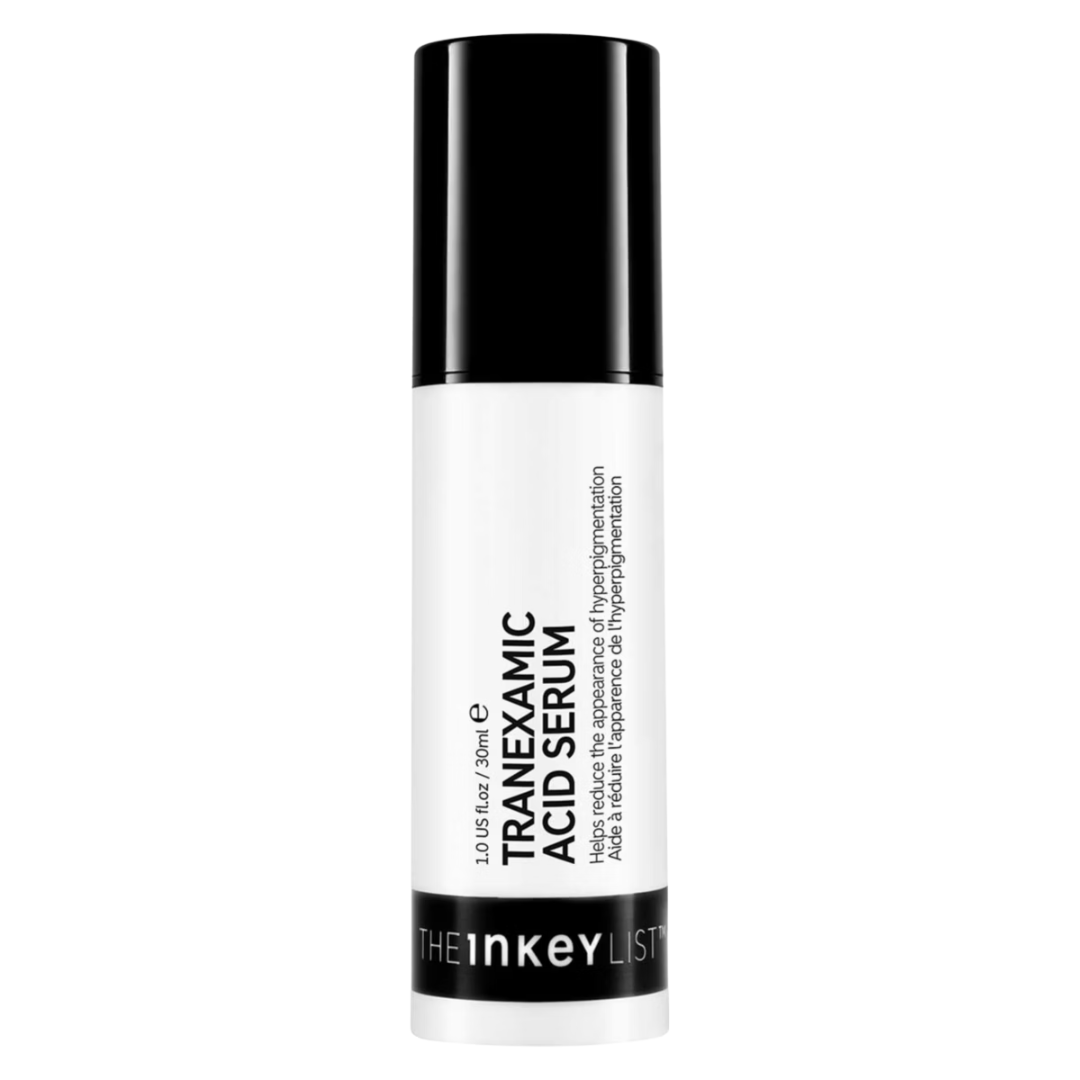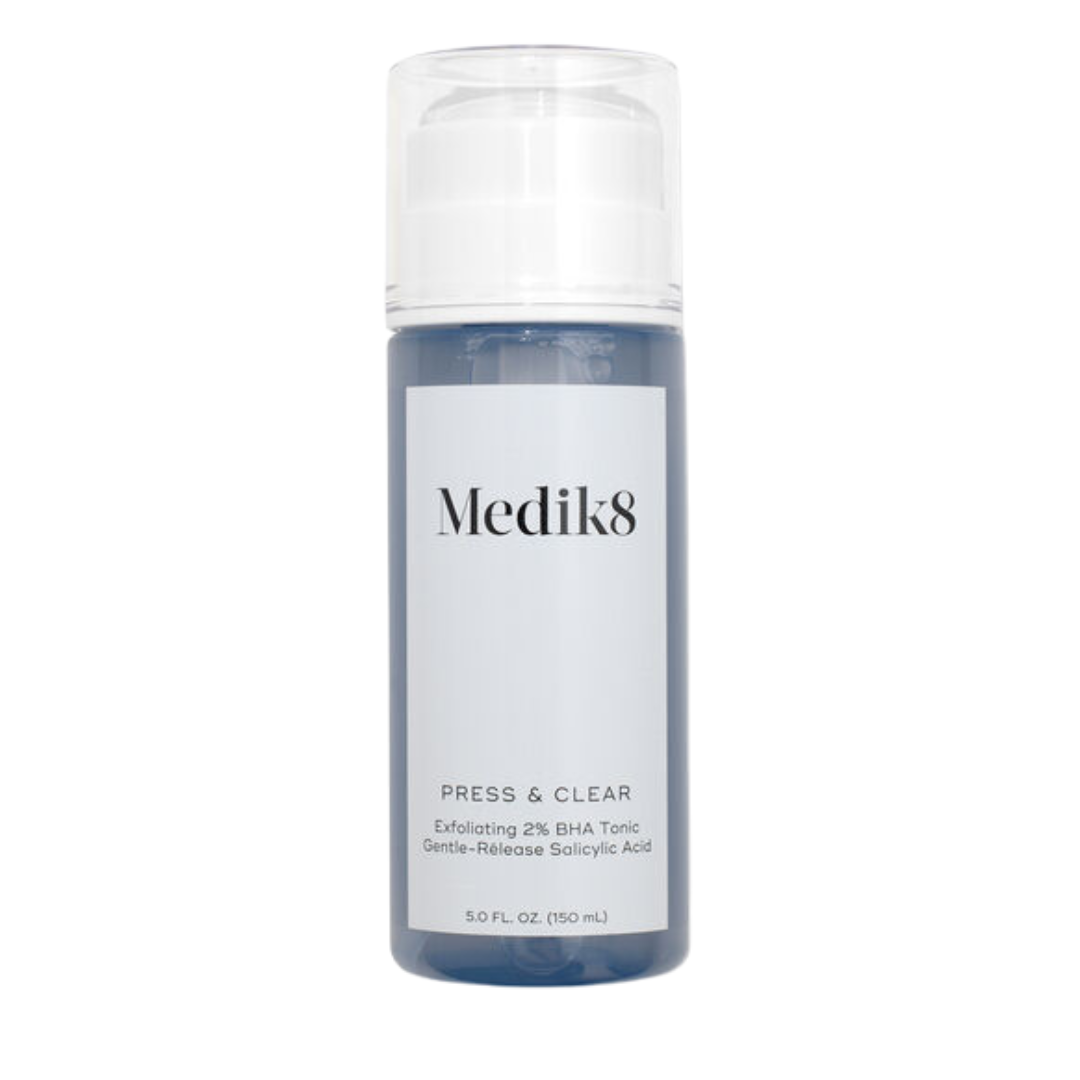I've had tenacious pigmentation since my teens—this ingredient has improved things *hugely* in just 6 weeks
Bright, clear skin here we come


As someone with melanin-rich skin, hyperpigmentation has always been my greatest skin nemesis. In my teens, I really suffered with it. I had patches on my face, arms and back, and was left with stubborn dark marks after any sort of blemish—some of which would take what felt like a lifetime to fade. I've tried so much of what the market has to offer to try to get rid of these unmovable marks, so I feel like I am a credible source of knowledge when it comes to what works and what doesn't.
In my quest to find the perfect cocktail of pigmentation-eliminating products, I first set my sights on several vitamin C treatments. While its brightening power can't be denied, there are levels to the vitamin C game, and I've found that it only truly works to its full potential when encapsulated and used in conjunction with other products. Otherwise, it barely does anything for my skin.
Later in my skin journey, after some pretty invasive in-clinic treatments like lasers and peels, I stumbled across tranexamic acid, and I haven't looked back. After years of trying to find something that works for me, this is the only ingredient that seems to deliver gorgeous, glowy, even-toned skin.
What is tranexamic acid?

So, what is this acid that's got me so hooked, I hear you ask? Well, Heather Wish, senior education manager at Paula's Choice says, "Tranexamic acid is a water-soluble, synthetic amino acid that works by interrupting pathways in skin that, when left untreated, can lead to discolourations. It works to actively improve existing skin discolourations and also helps prevent the formation of new dark spots."
For those who suffer from skin issues like post-inflammatory dark spots, melasma, and hyperpigmentation, tranexamic acid can significantly improve their appearance by reducing the melanin transfer in the skin. As a result, your skin looks glowy and it contributes to the overall health of your skin barrier. It does this by helping to protect against environmental stressors.
Dr Christine Hall an aesthetics doctor, gives me the breakdown and explains that "it works by inhibiting an enzyme called plasminogen." She goes on to say that this enzyme breaks down a clot in excessive bleeding, but it is also responsible for activating your pigment-producing cells called melanocytes. "So by blocking plasminogen," she continues. "You are reducing the amount of pigment you are producing and existing pigment fades."
Aside from its brightening benefits, it is also an anti-inflammatory making it a good option for those dealing with redness or rosacea. Corina Mihalache, Expert Aesthetician and founder of Ace Skin Health Clinic says the it "inhibits plasmin, an enzyme involved in the inflammation and dilation of blood vessels, which are often the main triggers that people notice during a rosacea flare-up."
Celebrity news, beauty, fashion advice, and fascinating features, delivered straight to your inbox!
Tranexamic acid isn't just used in at-home treatments, but also in-clinic, Dr Nina Bal AlumierMD expert tells me, "it is a key player when it comes to professional in-clinic treatments like chemical peels. When incorporated into these treatments, it accelerates the removal of the pigmented skin cells while preventing deeper inflammatory responses that can occur as a result of exfoliation. It’s ideal for those seeking to treat hyperpigmentation without the risk of exacerbating it. Whether used in at-home skincare routines or clinical treatments, tranexamic acid delivers results. In short, offering a brighter, more uniform complexion with minimal irritation."
How to use tranexamic acid in your skincare routine

My preferred way of using this powerhouse of an acid is as a serum. Because it isn't as harsh as other brightening agents, you won't need a moisturiser sandwich when introducing it into your skincare routine. I like to use it after cleansing and toning, then go in with Katherine Daniels Treatment Boost for Pigmentation & Dark Spots. Once it's completely dry, I follow up with my moisturiser. As always, follow up with some sunscreen as Dr Laura Geige, a senior Aesthetics Practitioner, says "Sun protection remains paramount. Without diligent SPF use, any progress made with tranexamic acid can be easily undone." If your skin is a little more sensitive, I'd recommend easing in by using a few times a week and then gradually working towards twice a day.
Like I said, it's gentle on the skin but packs a punch, so you can use it as part of a broader skincare regimen. Aesthetics nurse practitioner Felicia Alaia says, "tranexamic acid pairs beautifully with other brightening ingredients like vitamin C, and kojic acid." It's also compatible with hyaluronic acid for that much-needed burst of hydration.
The verdict?
After incorporating this into my skincare regimen nearly two months ago, I have noticed that my skin has been bouncier and clearer. I've been pretty consistent with using this, and after six weeks of use, there were definite changes. I love to use this with niacinamide and vitamin C (the ultimate brightening trio) morning and evening to get rid of any unwanted hyperpigmentation. I've noticed a big difference in my skin's overall health, so I definitely won't be putting this down any time soon.
These are the products that I've found to be the most effective on my stubborn areas of discolouration.
Best products with tranexamic acid

Lollie King is Senior Beauty Writer at Marie Claire UK. With over 5 years experience in both online and print journalism and presenting, Lollie has worked for a host of leading magazines and newspapers including, Evening Standard, Bustle UK and Independent. She specialises in beauty, culture and travel. In her spare time she loves going to music events, cooking and working out.



